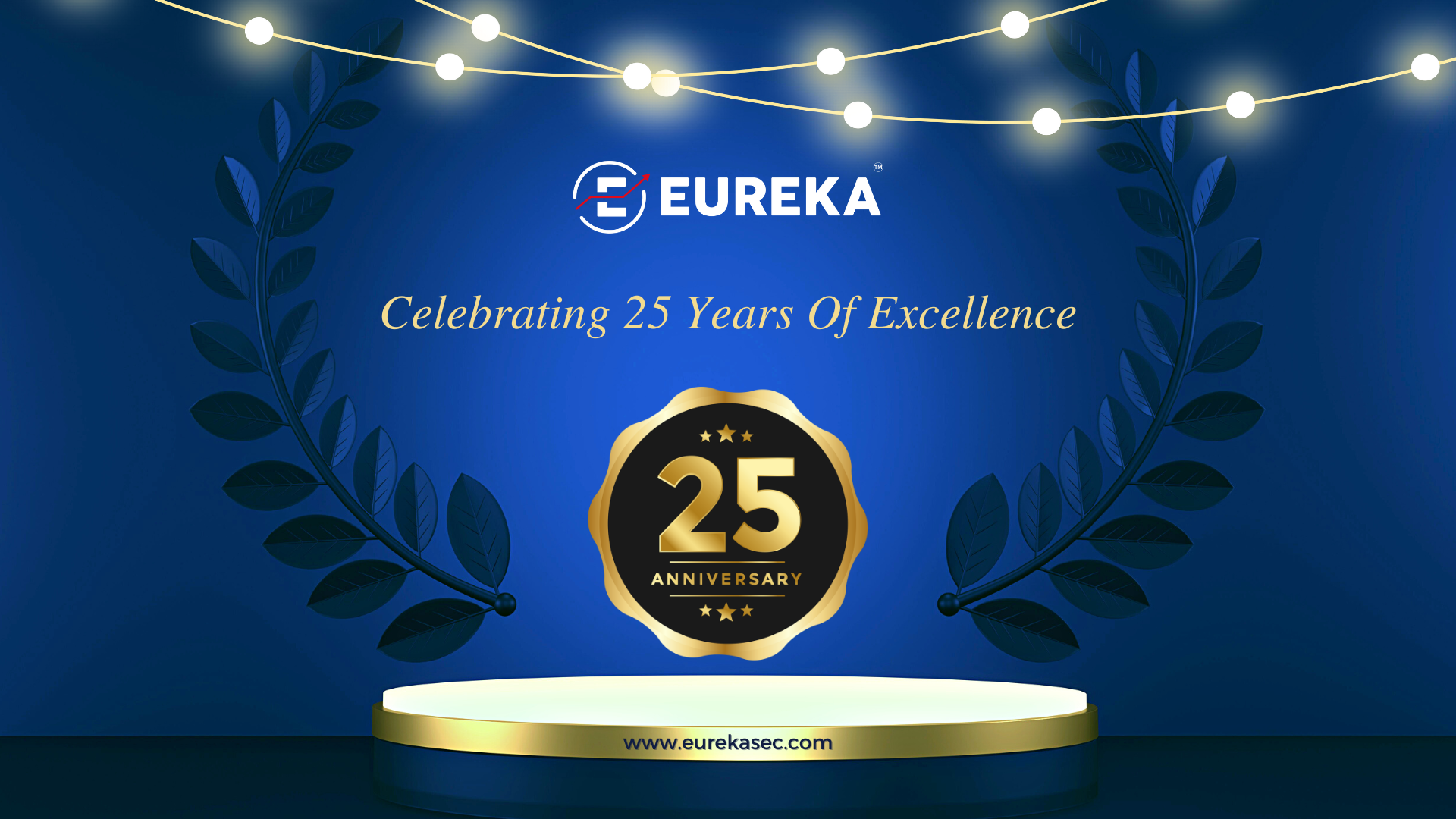
When we ask the above question to our friends, relatives or acquaintance we get to hear some common answers like Gold, Real Estate, Bonds, Public Provident Fund, Fixed Deposits, Fixed Maturity Schemes, Fixed Income Debt Mutual Funds, etc. Correct?
Very rarely do we hear people investing (long-term) in stock markets. Many, however, will have their investments in property and gold. Why do you think this happens? This is because people regard stock markets as a very risky investment option where they end up losing money and prefer ‘safe’ investments which give them high returns. And why not? Of course it’s their hard earned money!
Now let’s see the history in terms of facts and figures and decide which investment options are ‘safe’ and generate higher returns.
Illustration 1: Investing in Fixed Deposit v/s Stock Markets
Suppose Mr. A opens a Fixed Deposit for Rs 1, 00,000 with an interest rate of 8.5% pa. After a year Mr. A will earn Rs 8,500 as interest income. He feels great as he has outwitted everyone who earns just 4-7% interest in their savings account that does not even beat inflation.
However, at the end of the fiscal year the government comes knocking and happily takes away 30% of your interest income in the form of taxes (assuming Mr. A falls in 30% tax slab). So he is left with
Rs 8,500 – [30% of Rs 8,500] = Rs 5,950
This leaves Mr. A with Rs 5,950 after tax on an investment on Rs 1, 00,000. That is a 5.95% return on his ‘fixed’ investment. Now taking in account the inflation this does not seem attractive anymore!
This Fixed deposit of Rs 1, 00,000 will become Rs 2, 26,098 pre tax if kept invested for 10 years at 8.5% interest annually. So after tax (@30%) Mr. A would have a corpus of Rs 1, 58,267 after 10 years.
Now let’s see how the stock market performed in the past few years. We take the data of Sensex (Index of Bombay Stock Exchange) from 2005 to 2014. A 10 year time period is taken since it is a large enough sample size.
| Year | Open | Close | Return |
| 2005 | 6,626.49 | 9,397.93 | 42% |
| 2006 | 9,422.49 | 13,786.91 | 46% |
| 2007 | 13,827.77 | 20,286.99 | 47% |
| 2008 | 20,325.27 | 9,647.31 | -53% |
| 2009 | 9,720.55 | 17,464.81 | 80% |
| 2010 | 17,473.45 | 20,509.09 | 17% |
| 2011 | 20,621.61 | 15,454.92 | -25% |
| 2012 | 15,534.67 | 19,426.71 | 25% |
| 2013 | 19,513.45 | 21,170.68 | 8% |
| 2014 | 21,222.19 | 27,499.42 | 30% |
From 2005-2014, the average yearly return has been 22%. And this is without considering compounded interest! If Mr. A had invested Rs 1, 00,000 in 2005 in a well diversified portfolio that mimicked the Sensex, he would be sitting on a corpus of Rs 7, 30,463 after 10 years.
Now what about the taxes? Since India promotes long term investing, taxes does not apply to long term capital gain. So no tax is deducted from this corpus.
Compare the corpus of Rs 7, 30,463 by investing in Stock Market to Rs 1, 58,267 by investing in fixed deposit a sum Rs 1, 00,000 over 10 years! Compare 22% to 5.95%!
One can, therefore, build wealth by simply building a well diversified portfolio and holding on to their investments. Isn’t that amazing? Also, this 10 years sample includes the biggest crash of 2008!! Can we then, not call it safe?
Illustration 2: Comparing the increase in prices of Real Estate, Gold and Stock Markets
In the last 5 years, residential prices across the top 10 cities in India went up, on average, 50%; this comes out to 8% annually. The stock markets, meanwhile, have gone up on an average 64% over the past 5 years. Clearly, 64% is better than 50%.
Also, without considering the returns, it is very easy to invest in stocks. You can now invest in stocks within seconds from your smart phones from anywhere, even while commuting. Whoever has invested in Real Estate, can vouch for the stress and difficulty involved in purchasing a decent property in a decent locality at a decent price. To add to it there are broker commissions, registration fees, property tax, etc which is far greater than all the commissions and taxes involved in purchasing a stock.
Now let’s compare with Gold. Gold prices, in Indian Rupees, went up 46% over the past 5 years. Again 46% is less than 64%! Keeping aside the higher return factor, even though gold is a great investment compared to diamonds or other minerals, but when you sell gold you do not get the kind of value you paid for. This is because most of us invest in gold jewellery/ornaments rather than buying gold purely as an investment. More often than not jewellery/ornament has various other costs involved and other metals/precious stones attached and pure gold is just a part of it. Hence the money invested in gold jewellery/ornaments is partly an investment and partly expenditure. When we sell these jewellery/ornaments a huge amount is deducted from it and the return isn’t as exciting anymore.
Illustration 3: Post-Tax Returns (CAGR) of different Asset Classes as per Economic Times (Jan 2015)
| Asset Class | 5-year | 10-year | 15-year | 20-year |
| Equities | 11.0% | 17.0% | 13.6% | 12.9% |
| Gold | 9.0% | 12.9% | 11.0% | 8.4% |
| Bank Fixed Deposit | 5.7% | 5.2% | 5.1% | 5.5% |
| Property | 8.0% | 13.4% | 10.8% | 6.2% |
| CAGR in WPI Index | 6.2% | 5.9% | 5.7% | 5.5% |
| Average Inflation for the Period | 7.4% | 6.3% | 5.9% | 5.7% |
As per the above table, it is clearly visible that Equities give the highest return.
In this article, we are not advocating that you should invest your entire savings only in equities. A good portfolio will be diversified across asset classes. These examples just prove that people should not shy away from the stock markets. Sound knowledge and a well diversified portfolio will mostly result in an overall gain.
If you do not have sufficient market knowledge or time to research, you can either hire a financial advisor or invest in mutual funds that are managed by expert portfolio managers and diversify the risk across stocks/asset classes/industries.
Keep increasing your Wealth. Happy investing!







